19+ APA Purdue Owl Examples to Download
When it comes to academic writing, adhering to a consistent citation style is crucial for maintaining credibility and ensuring proper attribution of sources. One widely recognized and commonly used citation style is the APA (American Psychological Association) format. To navigate the intricacies of APA formatting, students and researchers often turn to the invaluable resource known as Purdue Owl. In this article, we will explore the APA Purdue Owl guide, providing a step-by-step approach to writing in APA format, answering frequently asked questions, and ultimately empowering you to produce well-crafted, properly cited papers.
1. APA Abstract Page Purdue OWL
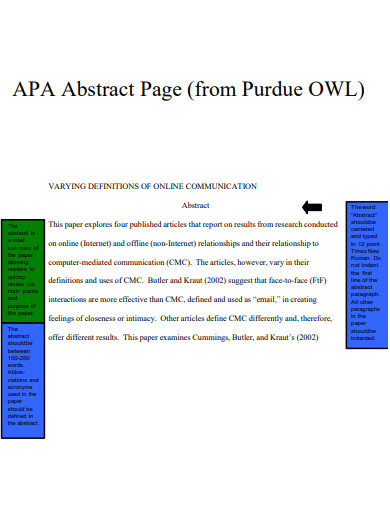
cgc.edu
2. Cite APA Purdue OWL
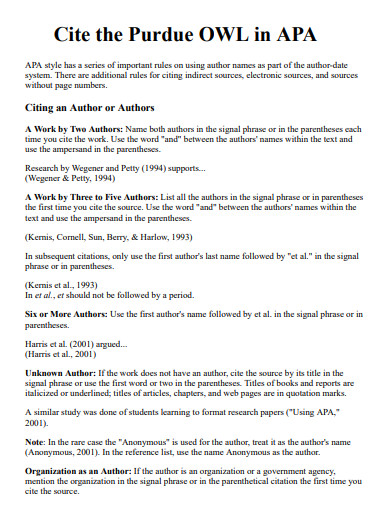
biblioteca.fba.up.pt
3. APA Documentation Purdue OWL
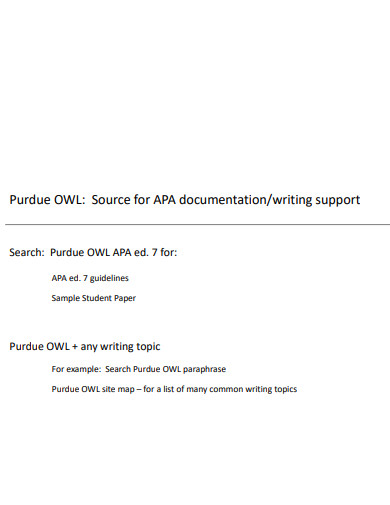
farmingdale.edu
4. APA 7 Student Purdue OWL
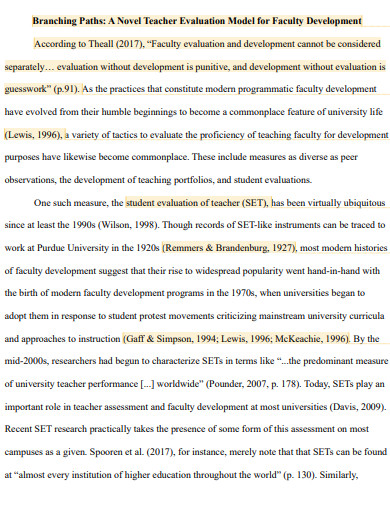
owl.purdue.edu
5. APA Purdue OWL Citation Chart
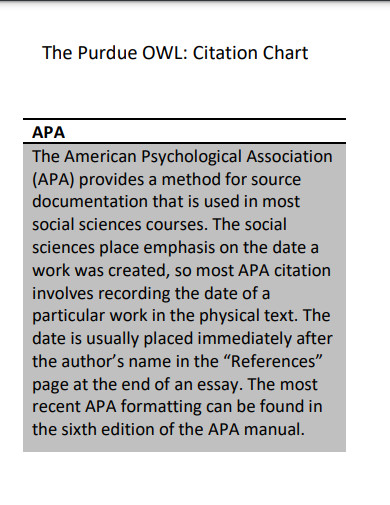
owl.purdue.edu
6. APA Purdue OWL 7TH Edition

usf.edu
7. APA Paper Purdue OWL
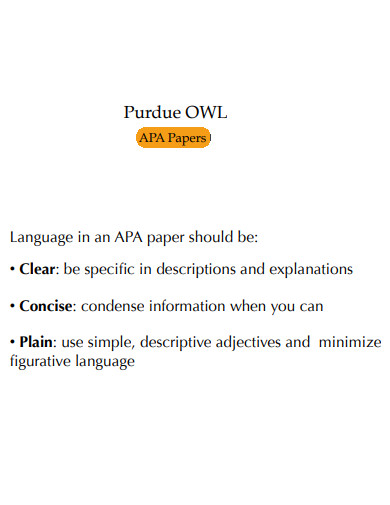
utilisateurs.linguist
8. APA In-Text Citation Purdue OWL
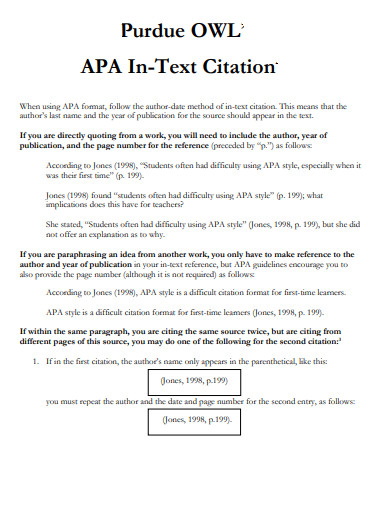
writingcenter.baruch.cuny.edu
9. APA Annotated Bibliography Purdue OWL
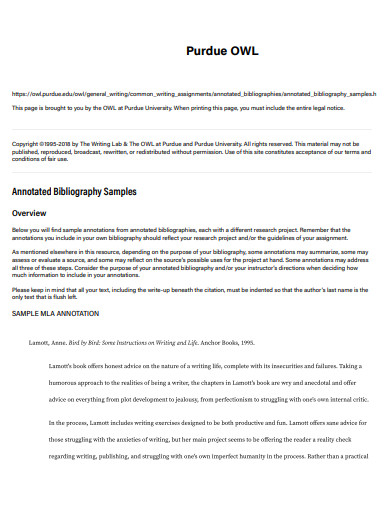
ccc.edu
10. APA Purdue OWL Guide
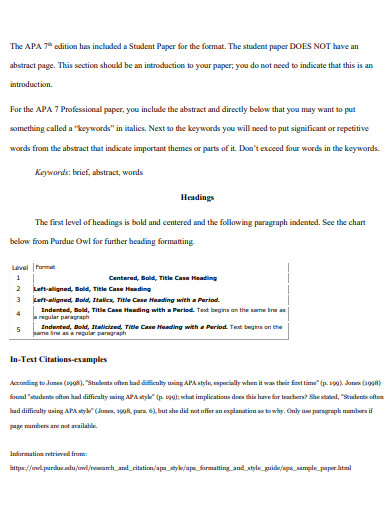
indianatech.edu
11. APA Publication Manual Purdue OWL
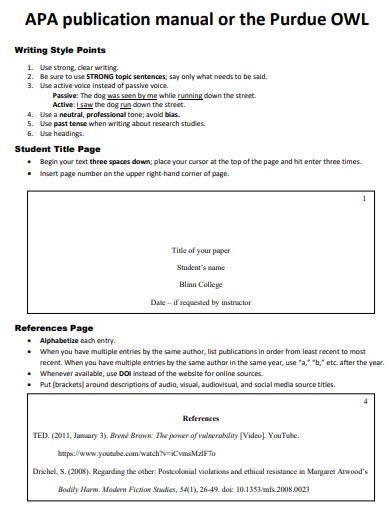
blinn.edu/writing-centers
12. APA Style Guide Purdue OWL
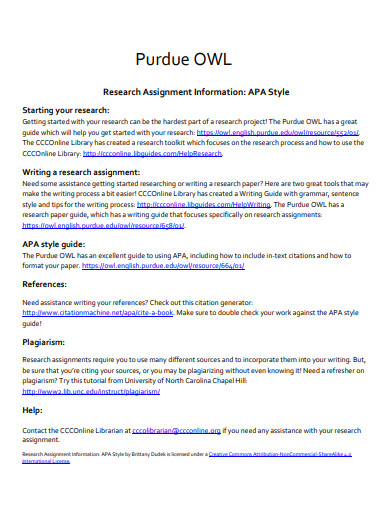
ccconline.org
13. APA Writing Purdue OWL
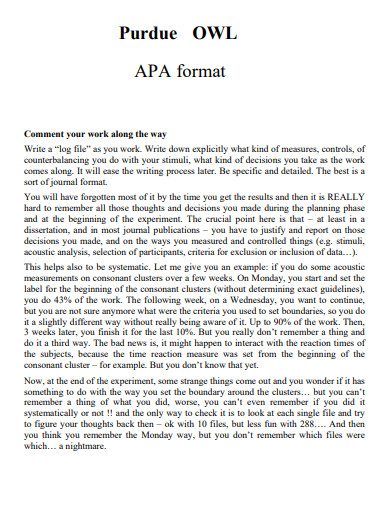
psycholinguistics.indiana.edu
14. APA Essay Purdue OWL
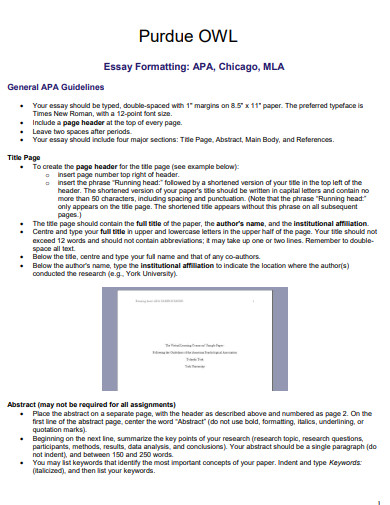
spark.library.yorku.ca
15. APA Header Guide Purdue OWL
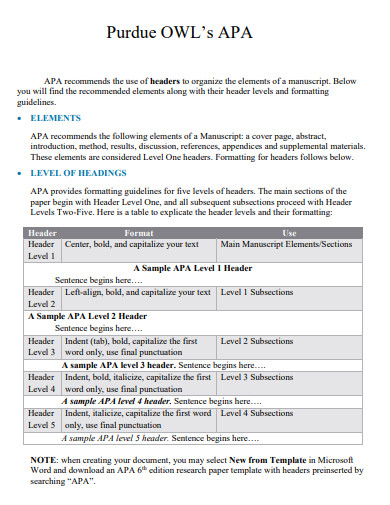
community.thechicagoschool.edu
16. Sample APA Purdue OWL
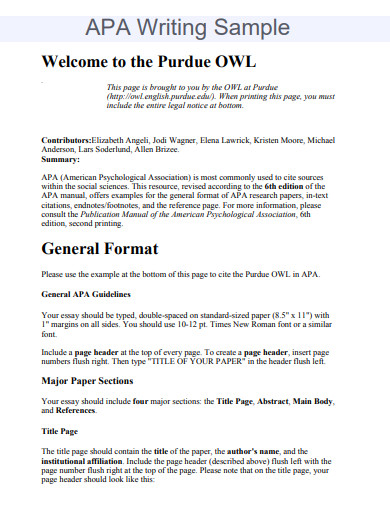
csun.edu
17. APA Purdue OWL Website
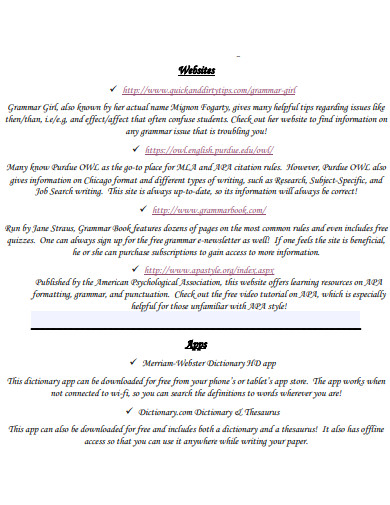
esu.edu
18. APA Purdue OWL Additional Resources
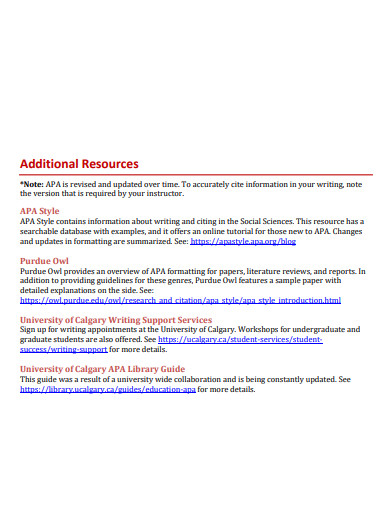
ucalgary.ca
19. APA Purdue OWL Title
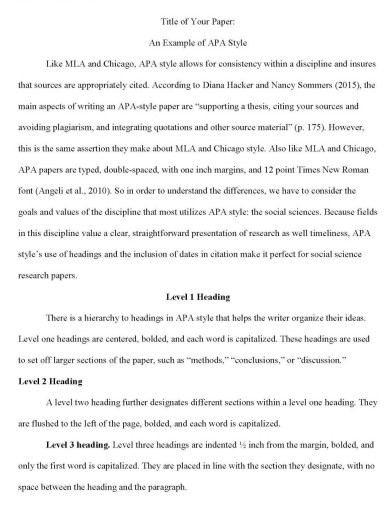
clas.sa.ucsb.edu
20. APA Annotation Purdue OWL
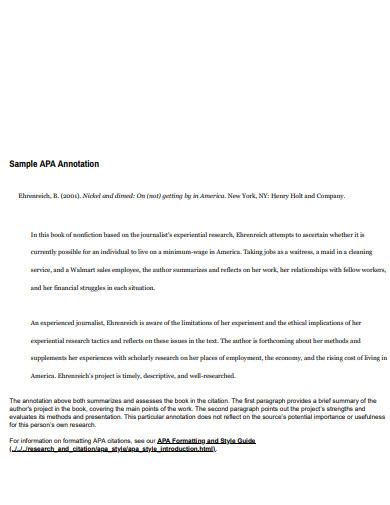
moodle.sd79.bc.ca
What is APA Purdue OWL?
The APA Purdue Owl is an authoritative online resource offered by the Purdue Online Writing Lab (OWL). It serves as a comprehensive guide to understanding and implementing the rules and guidelines of the APA format. The APA Purdue Owl provides detailed explanations, examples, and practical tips on various aspects of academic writing, including formatting, citation, and reference list creation. This invaluable resource equips writers with the necessary tools to produce accurate and professional APA Style Papers.
How to write in APA Purdue Owl format
Mastering the intricacies of writing in APA Purdue Owl format is essential for academic success. Whether you’re a student working on a research paper or a researcher submitting a scholarly article, adhering to the guidelines of the American Psychological Association (APA) format is crucial for accurate citation and professional presentation. In this step-by-step guide, we will walk you through the process of writing in APA Purdue Owl format, equipping you with the knowledge and tools to create well-structured and properly cited papers.
Step 1: Understand the APA Style Basics
Familiarize yourself with the fundamental principles of APA style. Learn about in-text citations, which include author names and publication dates, and how to integrate them seamlessly into your writing. Additionally, grasp the formatting guidelines for headings, subheadings, and reference lists, as well as the proper use of italics, punctuation, and capitalization.
Step 2: Organize Your Paper
Start by creating a clear and concise outline that reflects the logical flow of your paper. Divide it into sections, such as introduction, methods, results, and discussion, depending on the requirements of your assignment or research. Within each section, identify key points, supporting evidence, and examples to ensure coherence and readability.
Step 3: Craft an Engaging Introduction
Write a compelling introduction that grabs the reader’s attention and provides a concise overview of your topic. Present your research question or thesis statement clearly, and contextualize your study within the existing literature. Remember to include a brief explanation of your research objectives or goals.
Step 4: Develop the Main Body
In the main body of your paper, present your research findings, arguments, or analyses in a logical and organized manner. Use clear topic sentences to introduce each paragraph and ensure smooth transitions between ideas. Support your claims with evidence from reputable sources, and remember to incorporate in-text citations for any borrowed information or ideas.
Step 5: Include Accurate In-Text Citations
Throughout your paper, incorporate accurate in-text citations to acknowledge the work of other researchers and provide proper attribution. Follow the APA Purdue Owl guidelines for citing different sources, including books, journal articles, websites, and more. Pay attention to the formatting style, including the use of parentheses, punctuation, and page numbers, to ensure precise and consistent citations.
Step 6: Construct a Cohesive Conclusion
End your paper with a well-crafted conclusion that summarizes your main points and offers insights or implications based on your research findings. Restate your thesis or research question and highlight the significance of your work. Avoid introducing new information in the conclusion, as it should serve as a concise summary of your entire paper.
FAQs
What is the purpose of in-text citations in APA Purdue Owl?
In-text citations in APA Purdue Owl serve two primary functions. First, they provide brief information about the source you are citing, allowing readers to locate the full reference in the reference list. Second, they lend credibility to your work by demonstrating that you have conducted thorough research and appropriately acknowledged the ideas and work of others.
How does the APA Purdue Owl guide help with text structure?
The APA Purdue Owl guide offers valuable insights into organizing your writing effectively. It provides guidance on structuring headings, subheadings, and paragraphs to ensure logical coherence and easy comprehension. Following the prescribed text structure in APA format not only improves the readability of your paper but also enhances the overall quality of your academic writing.
Why is proper citation important in an APA-style paper?
Citation is a fundamental aspect of academic integrity and research ethics. Properly citing your sources not only gives credit to the original authors but also enables readers to verify your claims, further explore the topic, and build upon existing knowledge. By adhering to APA Purdue Owl guidelines for citation, you demonstrate your commitment to responsible and ethical scholarship.
The APA Purdue Owl guide serves as an indispensable tool for anyone striving to master the APA format. By understanding the functions of in-text citations, comprehending text structure, and consistently employing accurate citations, you can confidently craft well-structured and meticulously cited APA Style Papers. Embrace the knowledge provided by the APA Purdue Owl to bolster the credibility of your academic writing and contribute to the advancement of knowledge in your field.


